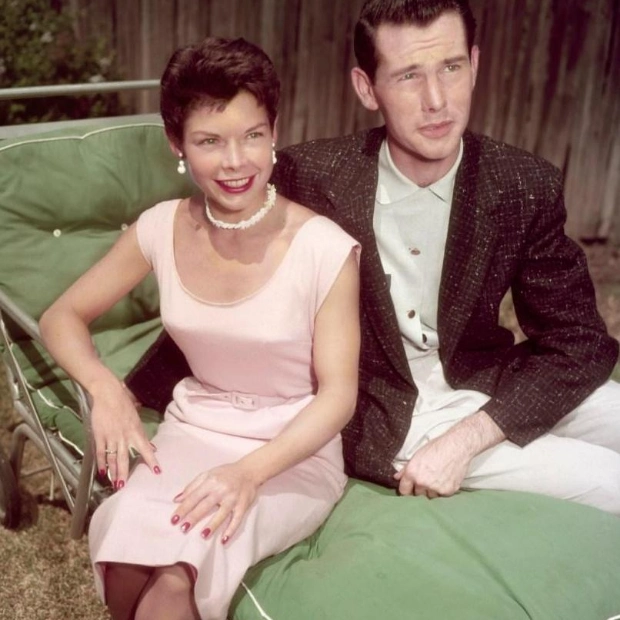Deep beneath Capcom's headquarters in Osaka, Japan, lies a modest foley studio. Rows of shoes line the cubbies outside the door, hinting at the creative chaos within. Inside, the studio resembles an eclectic antique shop rather than a high-end recording facility responsible for the sound effects in nearly every Capcom game. Walls are adorned with an assortment of household appliances, fabrics, and tools. The foley artist who welcomes us is holding a peculiar PVC pipe with a makeshift mouthpiece attached. This enigmatic gray tube, dubbed 'Murmurs of a King,' is an instrument crafted specifically for the Rey Dau, a formidable beast in Monster Hunter Wilds. Unlike conventional instruments, 'Murmurs of a King' emits unsettling, bass-heavy screeches that initially don't evoke the presence of a fearsome monster. After several recordings, a sound editor transforms these sounds into a guttural, monstrous cry. This innovative approach to monster sound design marks a departure from the naturalistic sounds of real animals used in Monster Hunter World (2018), aiming to make the monsters in Wilds feel more imposing and alien.
During my five-hour play session, I didn't encounter the Rey Dau, but changes like these underscore the game's evolution. Monster Hunter Wilds retains the core mechanics of its predecessors: slaying monsters yields parts for crafting and upgrading gear, iconic weapons like the Switch-Axe and Insect Glaive return, and hunts can be undertaken with up to three friends. However, what sets Wilds apart is Capcom's effort to streamline the experience without compromising depth. The most significant change is the seamless open world. Unlike previous entries where the hub and hunting maps were separate, Wilds connects everything. This seemingly minor change profoundly alters the game's pacing. Hunts start and end organically; if you seek a specific monster, you mark its location on the map and track it down. After defeating it, you can continue exploring or fast travel back to camp.
To facilitate exploration, players have a trusty steed called a Seikret. Similar to the Palamute in Monster Hunter Rise, Seikrets can be summoned anytime and are the most efficient way to traverse the game world, aside from fast travel. Seikrets can auto-path to destinations, allowing players to heal and sharpen weapons without dismounting. During the preview, auto-pathing was unreliable, but its potential at launch remains to be seen. Unlike Rise, Wilds boasts a larger scale. The first area, Windward Plains, is notably bigger than the Shrine Ruins from Rise. Although Capcom hasn't disclosed the full scale, it's evident that Seikrets will be crucial for exploration.
Wilds introduces seasons—Fallow and Plenty—separated by a turbulent period called Inclemency. These seasons alter the environment, fauna, and monster behaviors. During Fallow, the environment is barren, and monsters might be more aggressive. In Plenty, the world is lush, and monsters may be less hostile. While I didn't delve deeply into this feature, the Inclemency period I experienced was spectacular. A massive storm engulfed the Windward Plains, with lightning bolts striking the sand as I pursued the Alpha Doshaguma, the first major hunt of the story.
Capcom's efforts to enhance the seamless open-world structure include allowing Seikrets to carry backup weapons for field swaps. According to game director Yuya Tokuda, this change supports the game's continuous quest structure, making it easier for players to continue their journey without returning to camp after each hunt. Monster Hunter Wilds also introduces a portable grill for cooking meals on the go, eliminating the need to return to the hub for passive bonuses. Another notable change is the reduction in hunt length, which speeds up battles without making monsters easier. Focus Mode and the injury system are key to this acceleration, allowing players to target and exploit monster injuries for extra damage and potential stuns.
During my session, I faced seven monsters, each fight feeling dynamic and challenging. In addition to beta monsters, I encountered the Quematrice, Congalala, Lala Barina, and Uth Duna. The Lala Barina, with its erratic movements and swift attacks, was particularly formidable. Its speed and aggression made targeting injuries challenging but essential for victory.
Capcom's dedication to animation is evident in their motion-capture studio tour. Actors in black tights engaged in mock battles, with tech teams instantly translating their movements into the game engine. These raw captures are refined by animators to ensure fluidity during gameplay. Some animations, requiring impossible acrobatics, are crafted from scratch, highlighting the meticulous care put into making each monster unique.
Capcom's improvements to the multiplayer experience are equally impressive. The Link Party system ensures a seamless group experience across multiple hunts and quests. SOS flares summon player-controlled hunters or NPC support, enhancing solo and cooperative gameplay. NPC hunters, though not as effective as player-controlled ones, are competent enough to assist in battles.
Monster Hunter Wilds represents a logical evolution for the series. While retaining core gameplay, Capcom's streamlining efforts could make it one of the most compelling entries to date. The potential for welcoming new players is exciting, though the long-term impact of these changes remains to be seen. Monster Hunter Wilds is set to release on PC, PS5, and Xbox Series X|S on February 24, 2025.
Source link: https://www.gamespot.com






